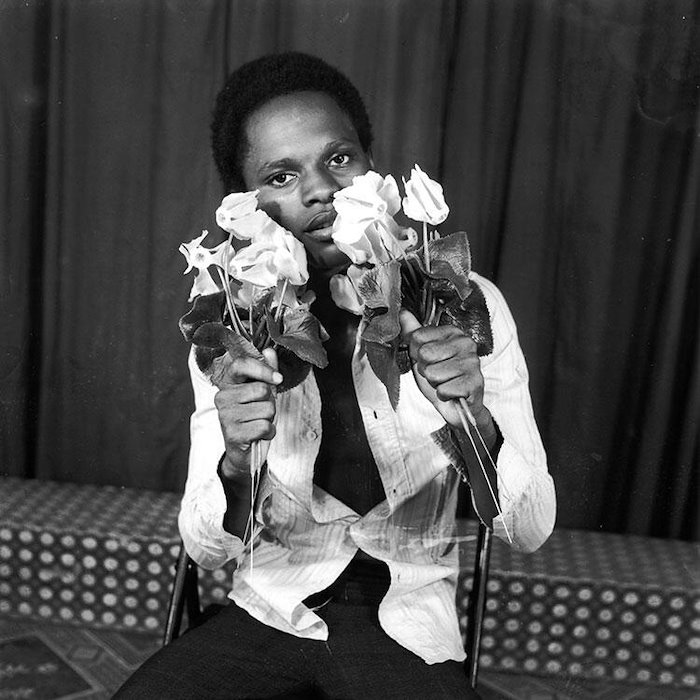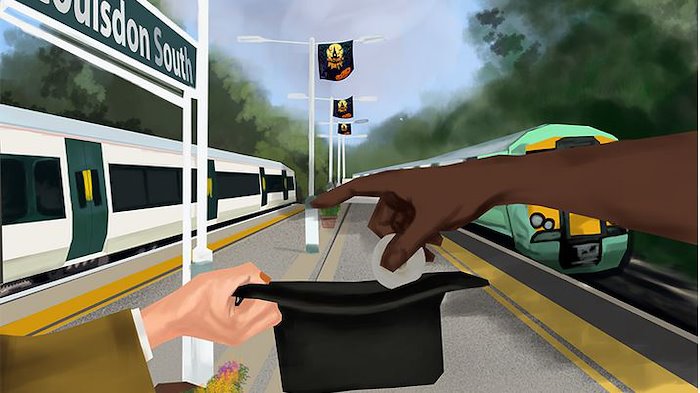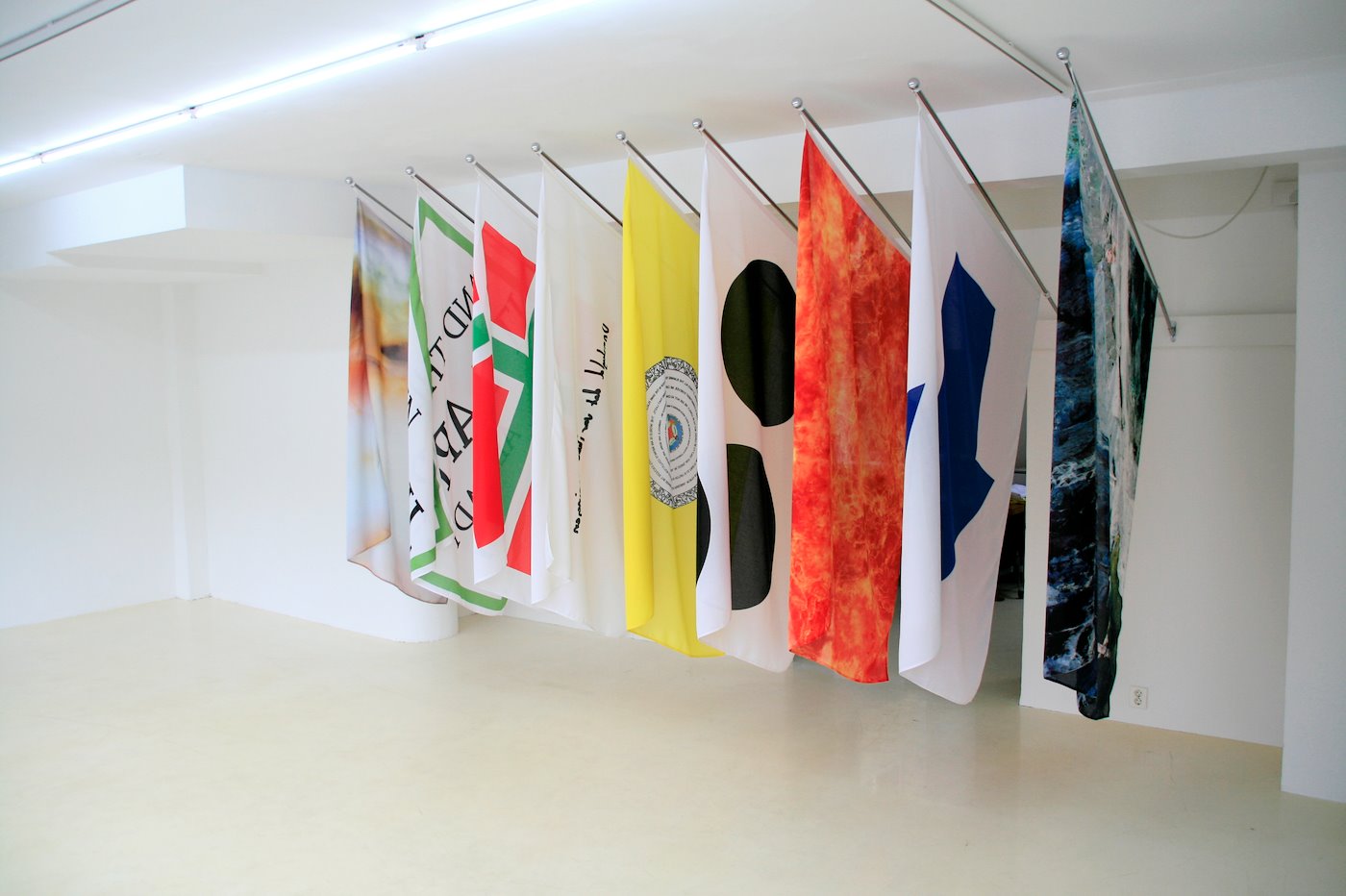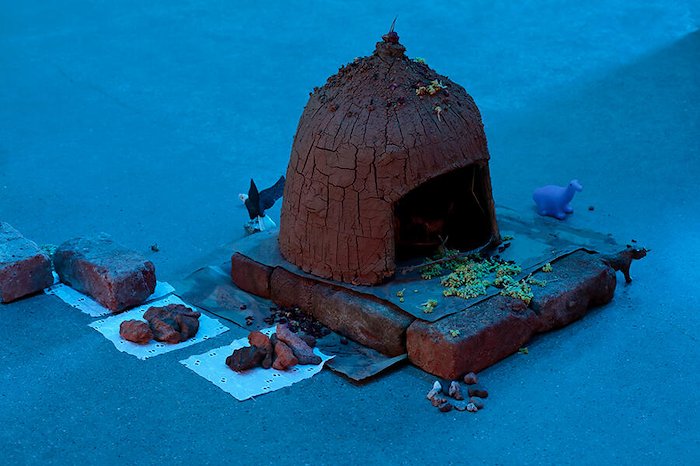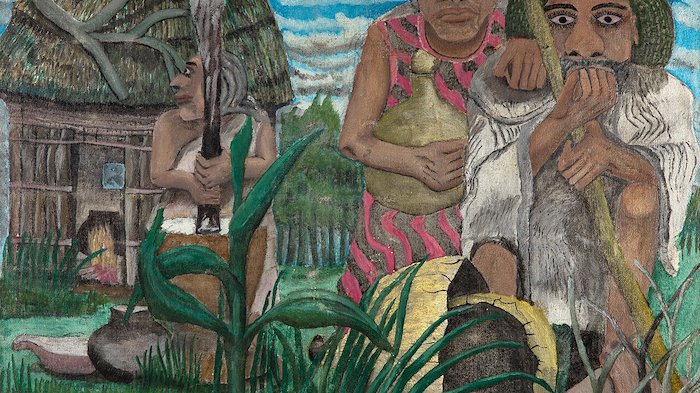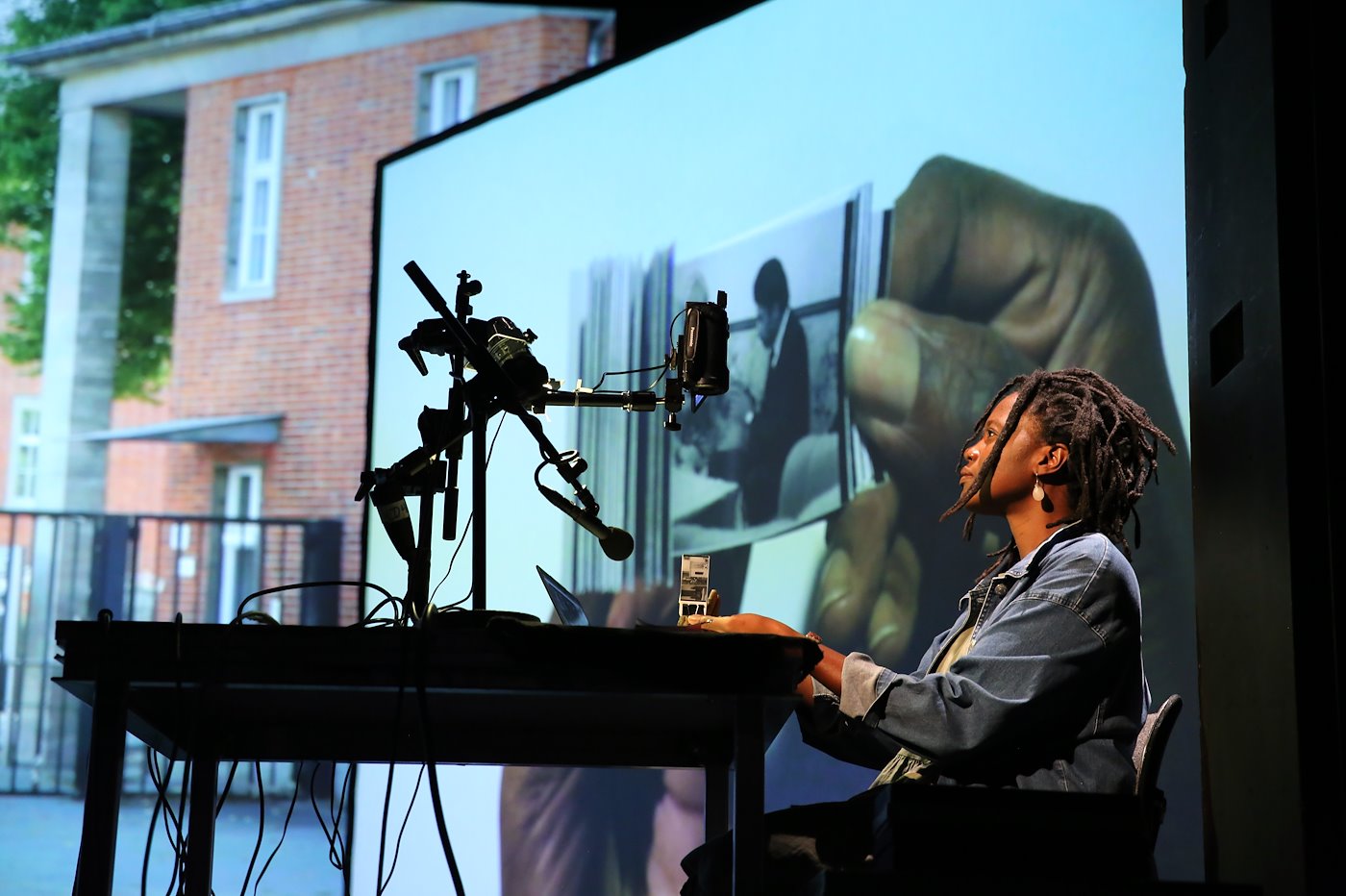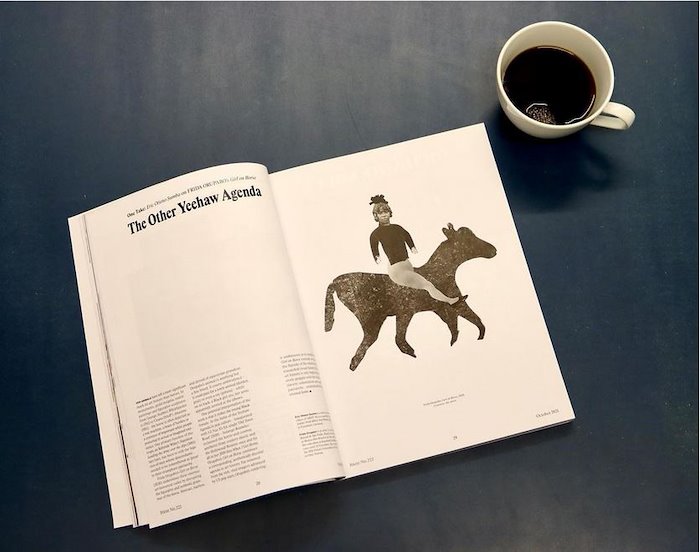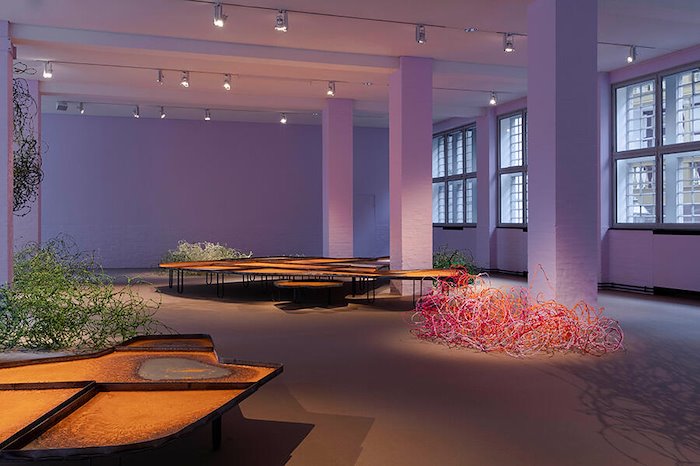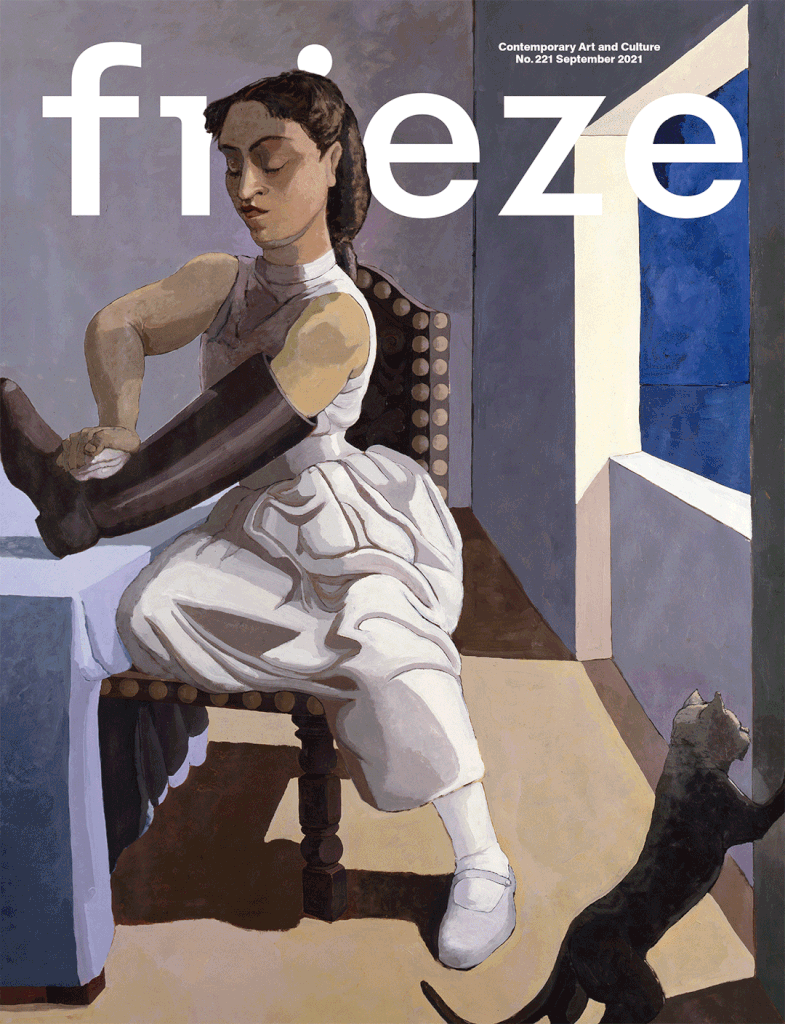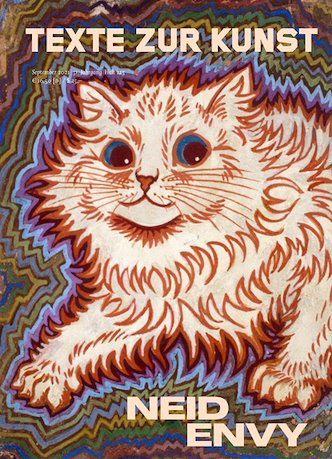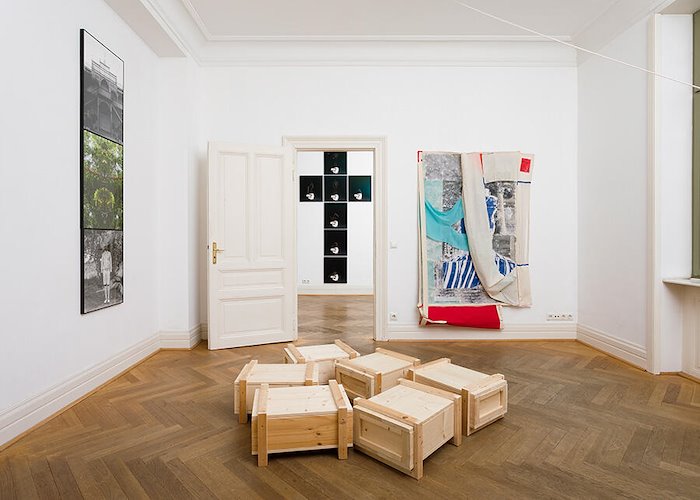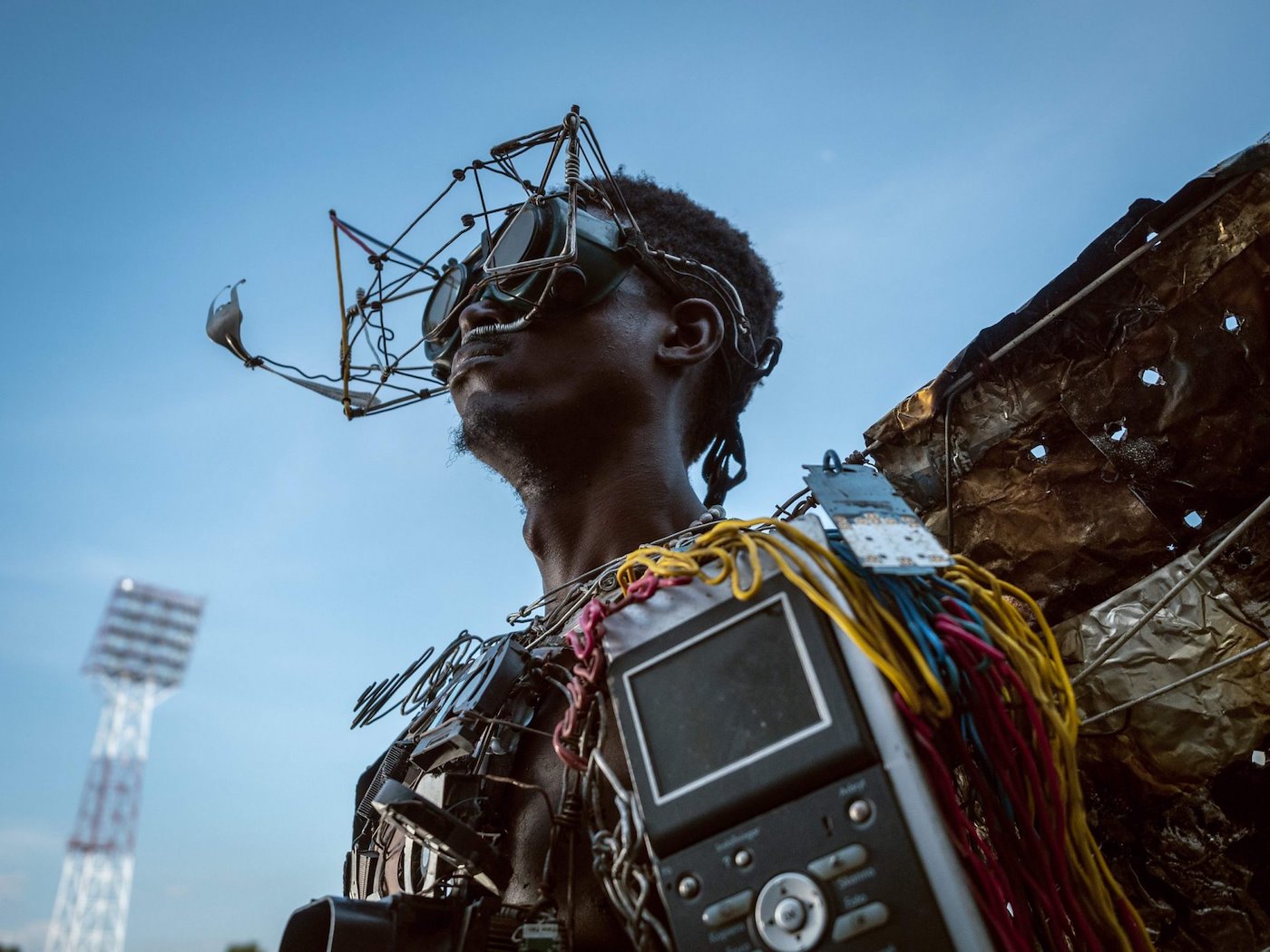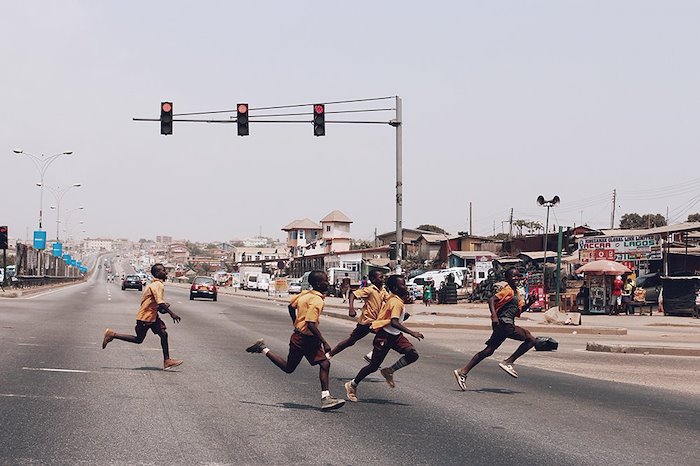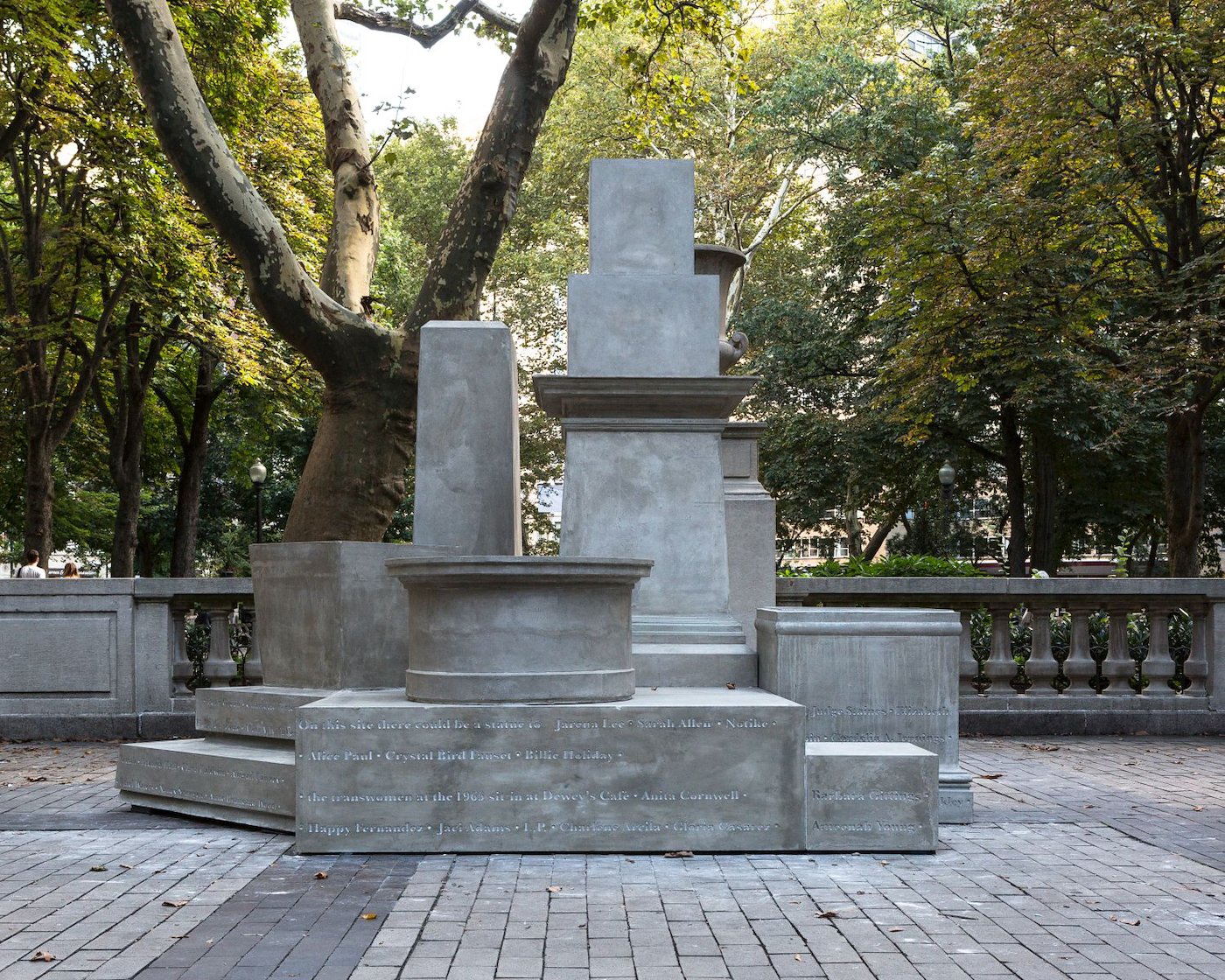
(Panel) Was kann die Kunstgeschichte eigentlich noch? Ist sie nicht unentwirrbar in koloniale und sexistische Strukturen verstrickt? Oder lässt sie sich doch für die Aufarbeitung von Unterdrückungssystemen und entsprechenden Narrativen nutzbar machen? Zum Auftakt des Velvet Voice Club lädt die Redaktion von TEXTE ZUR KUNST Stimmen ein, die zur Intersektion von Black Studies, Crip Studies oder queerem Feminismus mit der Kunstgeschichte sprechen. Die Veranstaltung versucht, das Potential der akademischen Institutionalisierung von marginalen und normativitäts- sowie machtkritischen Positionen auszuloten. Kann eine produktive institutionelle Verankerung von emanzipatorischen Diskursen innerhalb der Kunstgeschichte gelingen? Oder führt an einer Verwässerung der ursprünglichen Ziele kein Weg vorbei? Welche Bedingungen gilt es zu schaffen, um die Disziplin konstruktiv zu erweitern und identitätskritische Ansätze in kunsthistorischer Forschung sowie Lehre zu verankern? Und last, but not least: Wie genau sähe die damit einhergehende methodische und materielle Entgrenzung des Faches aus? https://www.volksbuehne.berlin/#/de/veranstaltungen/velvet-voice-club-art-history-update Photo/Video: © Sharon Hayes, If They Should Ask, 2017 // Courtesy of the artist and Tanya Leighton, Berlin and Los Angeles, photo: Mural Arts, Steve Weinik, © Sharon Hayes
/background(fff)/700x1020.jpeg?auto=webp)
/background(fff)/700x899.jpeg?auto=webp)
